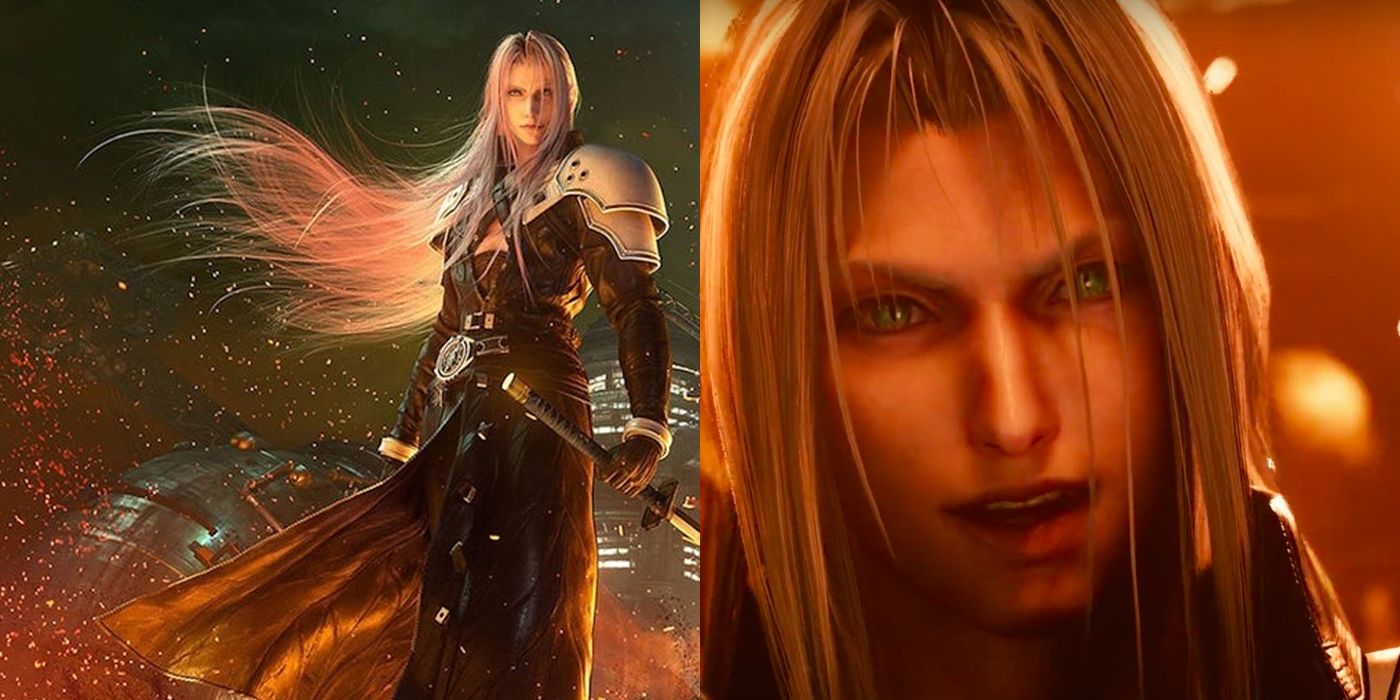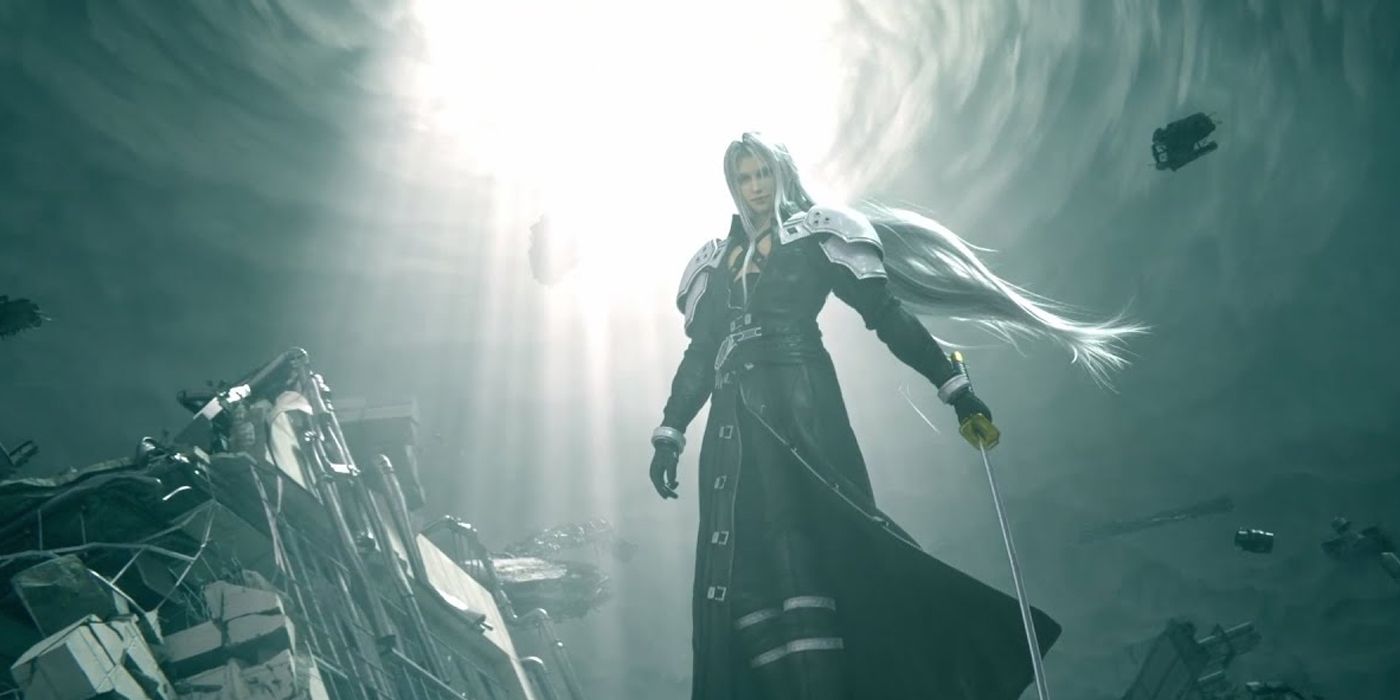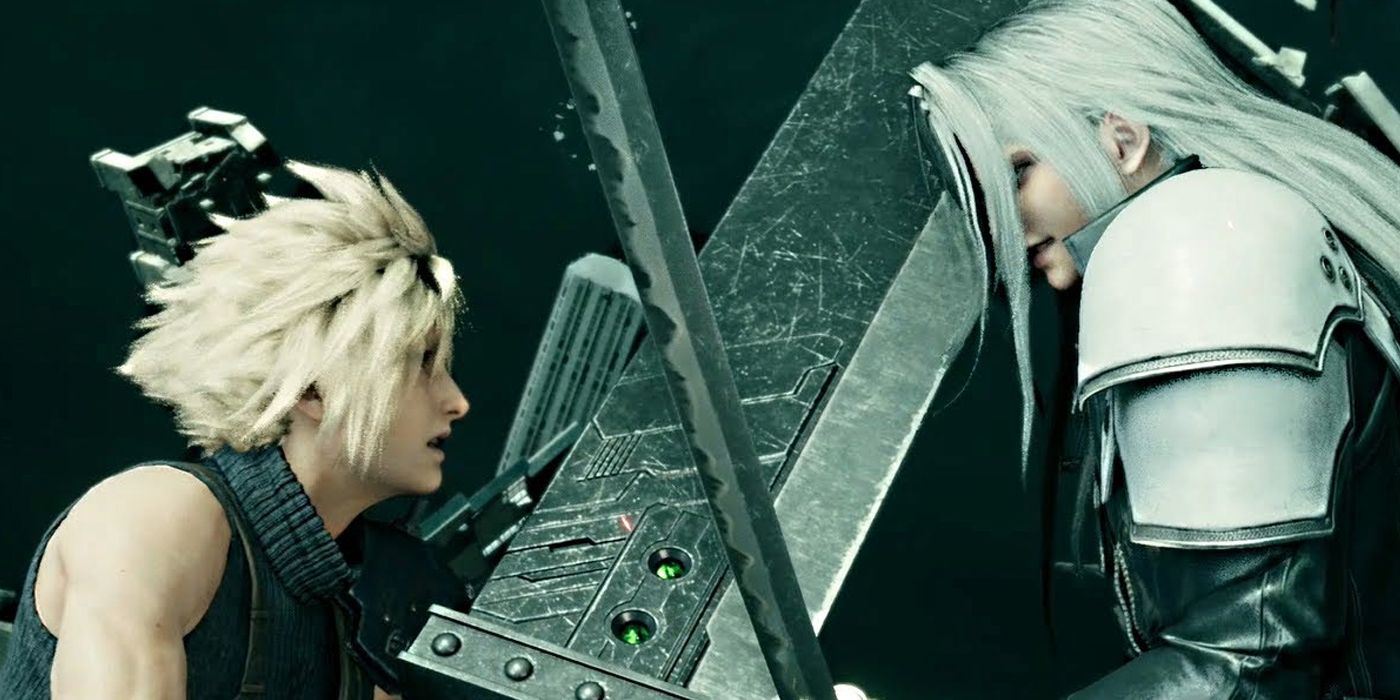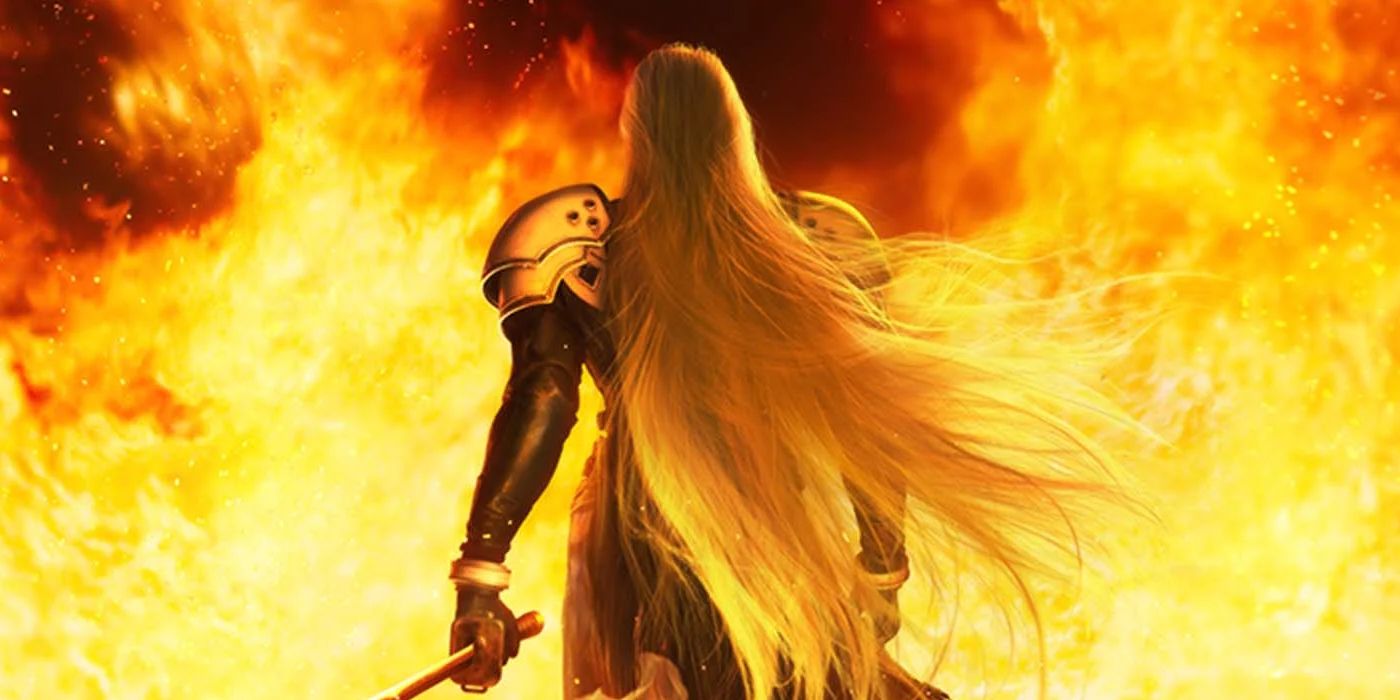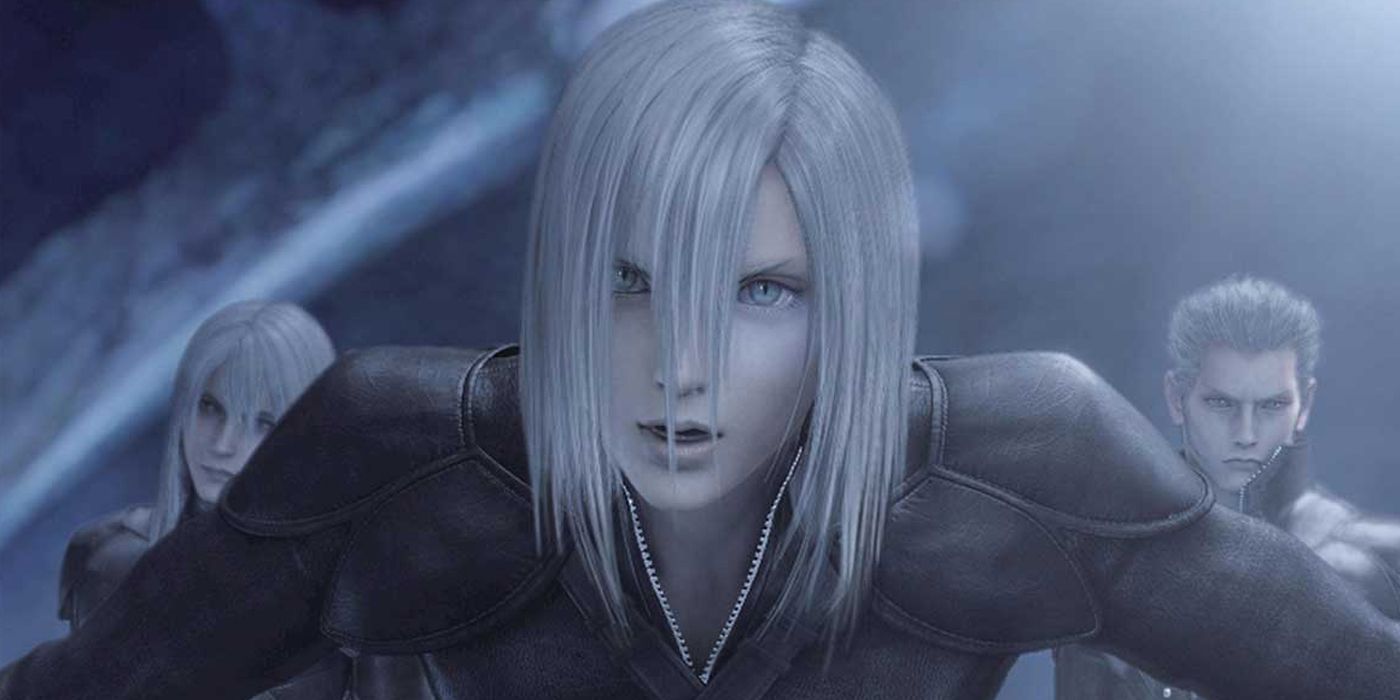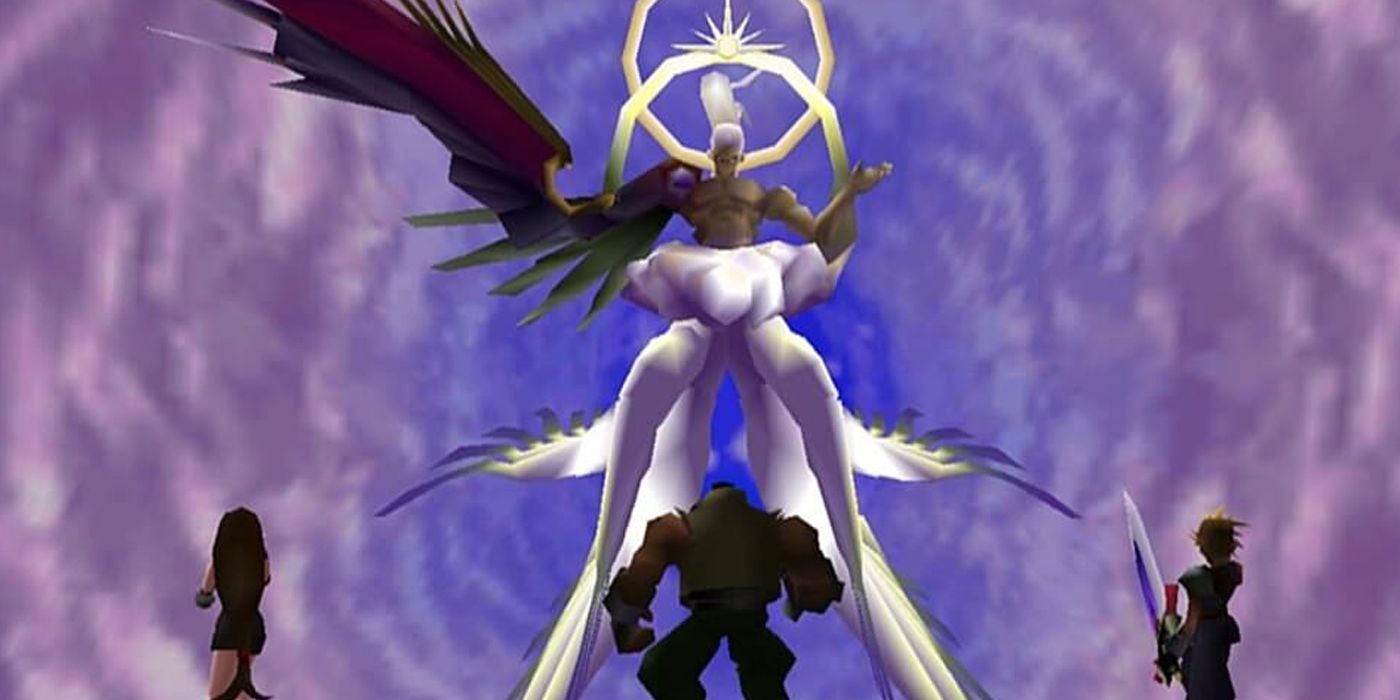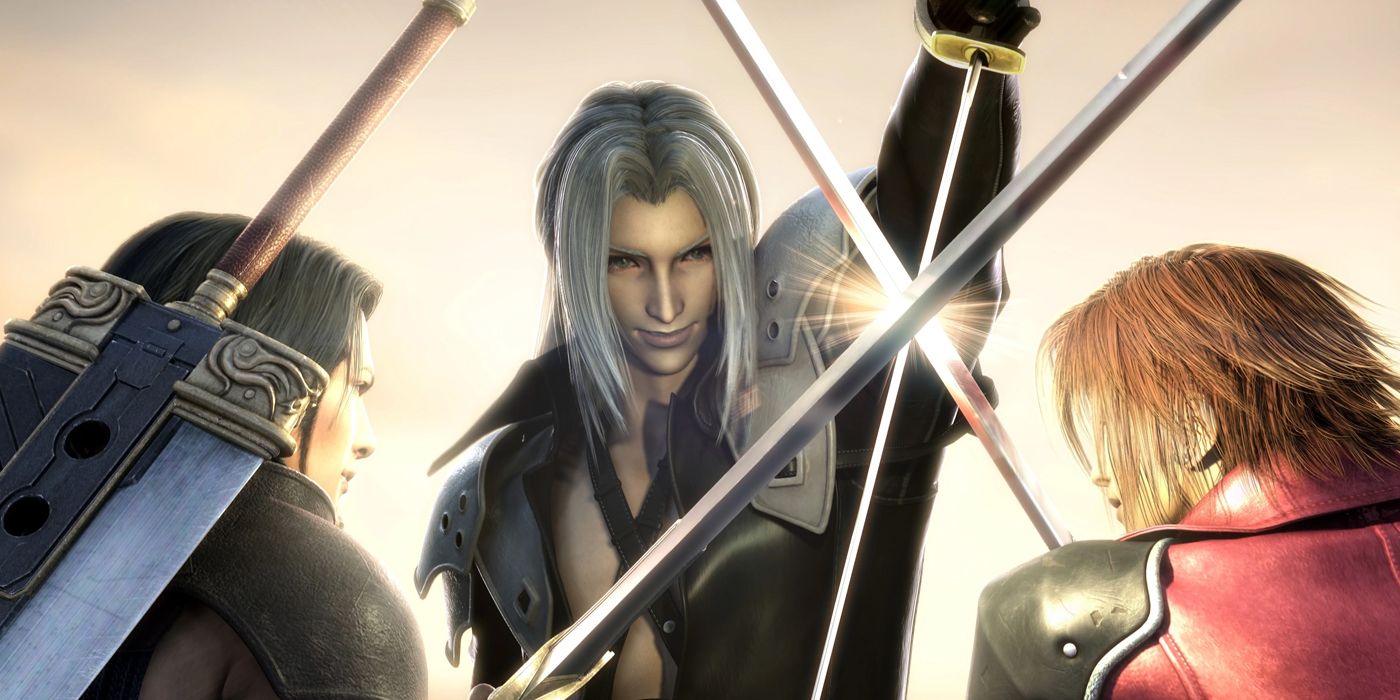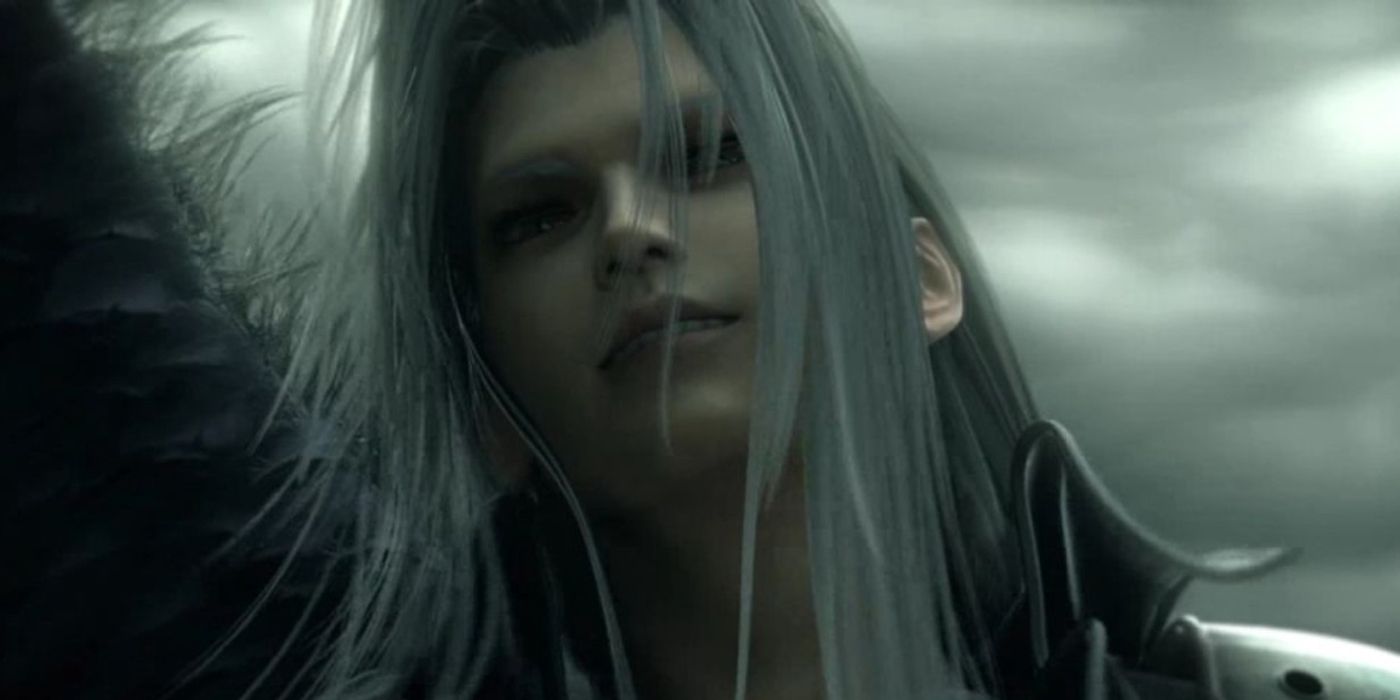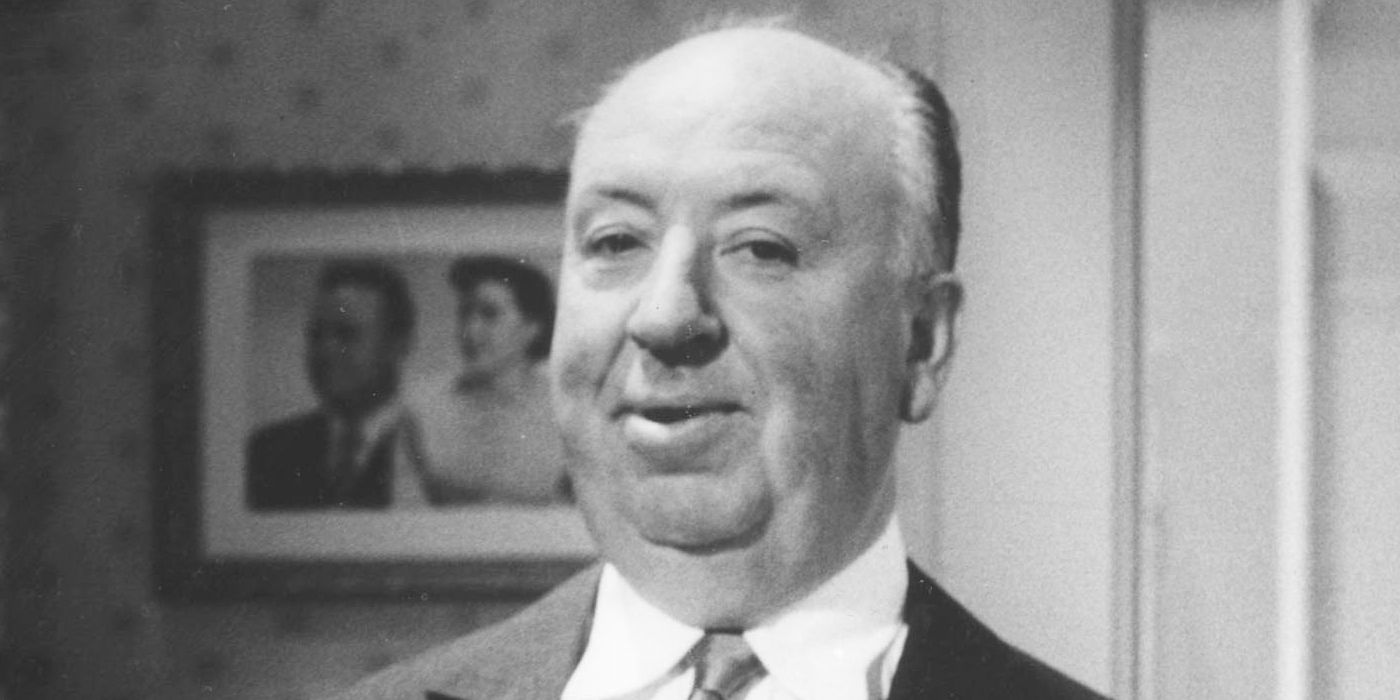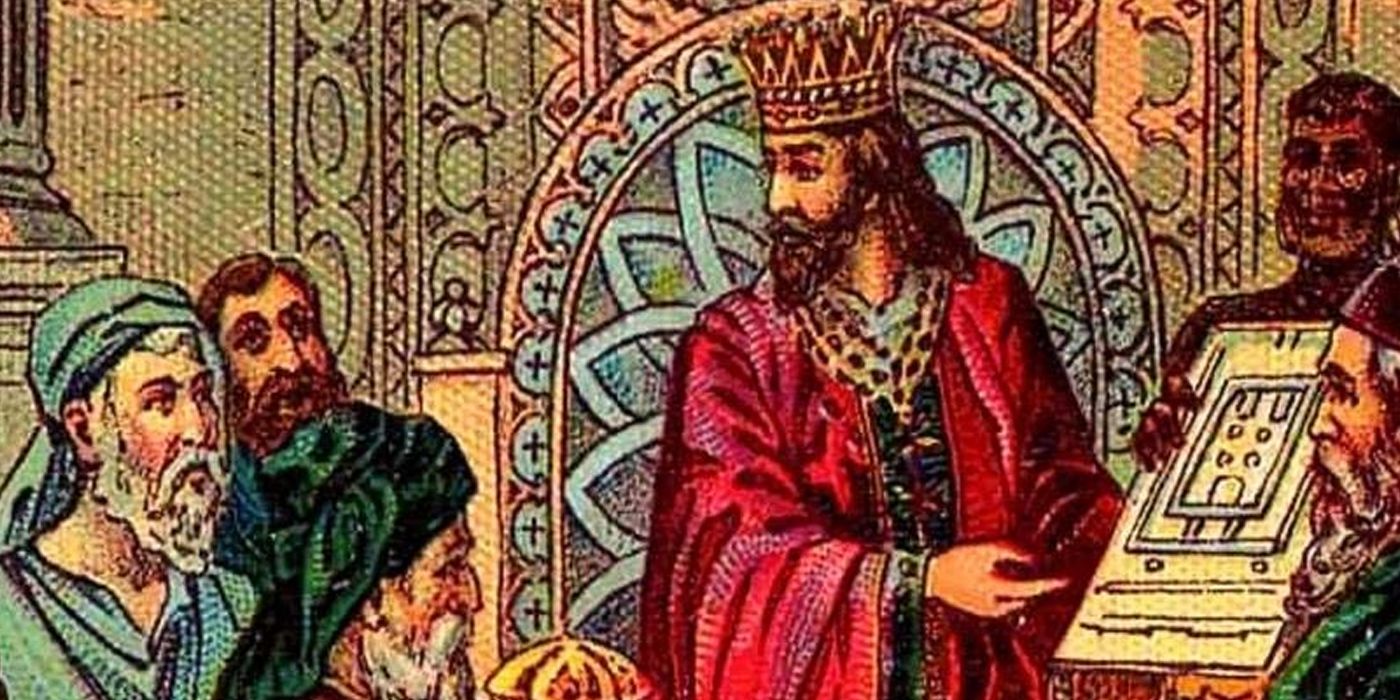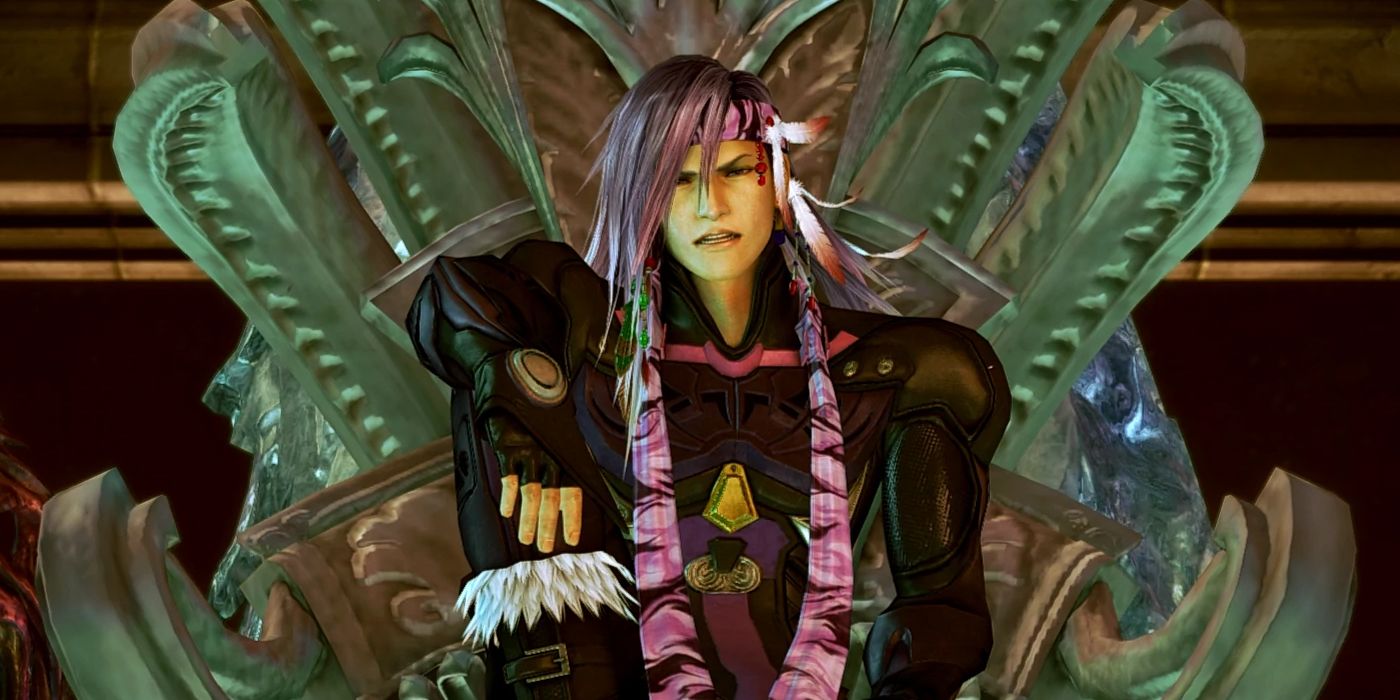Music in the JRPG scene arguably got its big break from various memorable tracks across the Final Fantasy franchise - particularly its opening theme, battle music, and end-encounter sequence. However, perhaps no other track in the series stands out more compared to the sheer impact of Final Fantasy 7 and “One-Winged Angel” for antagonist Sephiroth.
Fans of FF7 will almost immediately recognize One-Winged Angel and its mesmerizing yet equally distressing tune. After all, it perfectly captures the heavenly presence of Sephiroth with a dash of the same madness that slowly took over him. However, the conception of the famed track also had its fair share of mysteries and interesting moments.
10 Singlehandedly Represents Sephiroth's Near-Godhood
Aside from the iconic scream "Sephiroth!" in the track, One-Winged Angel perfectly summarizes the character. Moreover, the theme itself represents Sephiroth's role in the overall FF7 story.
In the original version of the song, the repetitive lyrics pertain to violent anger burning inside the narrator. This represents Sephiroth's fall into a maddening rage due to his wrong belief that he's the last remaining Cetra. In the FF7 universe, the Cetra are ancient beings who can tap into the lifestream, the "spirit" of the planet. When Sephiroth discovered his nature as an experiment, he mistakenly believed he's the last of the Cetra race.
9 Heralded The First Vocal Theme
The Final Fantasy franchise boasts its fair share of vocal themes for emotionally gripping events. Such songs in Final Fantasy included the romantic "Eyes On Me" for Squall and Rinoa (FF8), the devastating "Otherworld" (FF10), and even the wonderful "World of Wonder" by Florence + The Machine (FF15). However, perhaps nothing compares to the first appearance of a vocal theme in the franchise, in the form of One-Winged Angel.
Apparently, Uematsu opted for something new to accompany FF7 and the franchise's first foray into 3D. In turn, One-Winged Angel's original instrumental received its iconic vocal accompaniment.
8 Had A More Narrative Remix
Fans know that Advent Children branched out of a CGI short film that originally just represented Square Enix's foray into CGI game scenes. However, as the film sprung to become a part of the Compilation sub-franchise, it became fitting for it to get its own One-Winged Angel remix.
To fans' delight, the remix of the song had more lyrics that elaborated Sephiroth as a character. The line "Raging anger, anger and sorrow" spoke of the feelings of anger and betrayal Sephiroth felt as the mistaken last Cetra. And the line "Do not remain in memory" pertains to Sephiroth's drive to remain independent of the Lifestream even after defeat.
7 Always Hinted His Return
Fans who dissect the One-Winged Angel Remix further would notice hints towards sad yet horrible aspects of Sephiroth's true nature. In it, the lines "Painful tainted birth," and "He invited death" alluded to Professor Hojo's horrific creation of Sephiroth. The lines also pertained to Sephiroth's path towards destruction.
Moreover, the lines "Come, my son" and "Give me death once more" alluded to his eventual return in Advent Children. As fans recall, the film showed how the Remnants of Sephiroth orchestrated his return. Being a vessel of death, Sephiroth will now attempt to transform Gaia itself into a meteor.
6 Not Necessarily Sephiroth's Theme
Despite the popularity of One-Winged Angel, it might surprise fans to realize that this isn't necessarily Sephiroth's true theme. In fact, One-Winged Angel more or less represented the Safer-Sephiroth form.
Sephiroth's theme - "Those Chosen by the Planet" - is a more somber yet equally dark track that describes his slow misconstrued version of the truth of being "the last Cetra."
Interestingly, some parts of Those Chosen by the Planet did make it to One-Winged Angel. These include the melodies of the lines "Come, come O come, Do not let me die" as well as "Fate - monstrous, And empty" heard throughout the song.
5 The Only One With The Puzzle Piece Method
People who hear One-Winged Angel for the first time will marvel at how Uematsu unified what at first glance seemed like wholly unrelated sections. However, Uematsu would agree with fans who realized they can split the track into different segments. In fact, this was entirely the basis of One-Winged Angel's development. Uematsu had no preconception to the final version of One-Winged Angel while he created it.
Uematsu explained that he felt bored with the idea of songs always having an introduction, a chorus, and an ending. As such, Uematsu deviated away from this formula and just wrote down musical measures that came into his head everyday. By the time he created 20 to 30 different measures, he simply rearranged them. This puzzle piece method created the wonder that was One-Winged Angel - and it's the only track created with this method so far.
4 An Orchestra From The Untrained
It's one thing to listen to one of many iterations of Nobuo Uematsu's iconic Victory Fanfare. However, it's another wonder entirely to listen to a wondrous orchestra like that of One-Winged Angel. It's all the more notable that Uematsu hasn't been in an orchestra nor received training prior to One-Winged Angel's creation.
Interestingly, despite the lack of training, Uematsu kept the orchestral atmosphere - and even aspired for a thick orchestral feel. He said he wanted to "rock it" while creating the overall track.
3 Not Entirely Without Inspiration
It appears even geniuses like Uematsu had inspiration for the iconic One-Winged Angel. According to the "The Distance: Making of Featurette" of Final Fantasy VII: Advent Children, Uematsu took inspiration from the theme of Alfred Hitchcock's Psycho.
Uematsu added he wanted to mix rock legend Jimi Hendrix's style with that of Russian composer Igor Stravinsky. This may explain why Uematsu wanted the song to sound as though an orchestra performed a '60s or '70s rock piece.
Technically, it seems the piece got inspired by Stravinsky's "The Rite of Spring." This inspiration got apparent as One-Winged Angel made use of Stravinsky's notable augur chord.
2 Enter The Testament Of Solomon
As fans would remember, Sephiroth's "One-Winged Angel" form gives him six white wings. This represents the description of his namesake, the angelic Seraphim. Interestingly, the One-Winged Angel track alludes to Sephiroth's iconic single black wing - which also nods towards a real-life piece of literature.
Bibliophiles would remember the Testament of Solomon, a non-canonical pseudepigraphal work alluded to Solomon in the Bible. In it, the "one-winged angel" pertains to Abezethibou, a devil who lost his wing after his fall from Heaven to serve Beelzebub.
1 The Attempt To Create A Successor
One-Winged Angel had such an impact on gaming that even Square Enix felt compelled to try to surpass it. This came in the form of "Caius's Theme," an emotionally engaging piece from Final Fantasy XIII-2. Whereas One-Winged Angel served as a theme for Sephiroth, Caius's Theme became the leitmotif for Caius Ballad, the main antagonist of the FFXIII sequel.
Similar to One-Winged Angel, Caius's Theme also came in the form of a dramatic orchestral piece. Composer Naoshi Mizuta created more than four tracks over the span of a month to create this piece.

